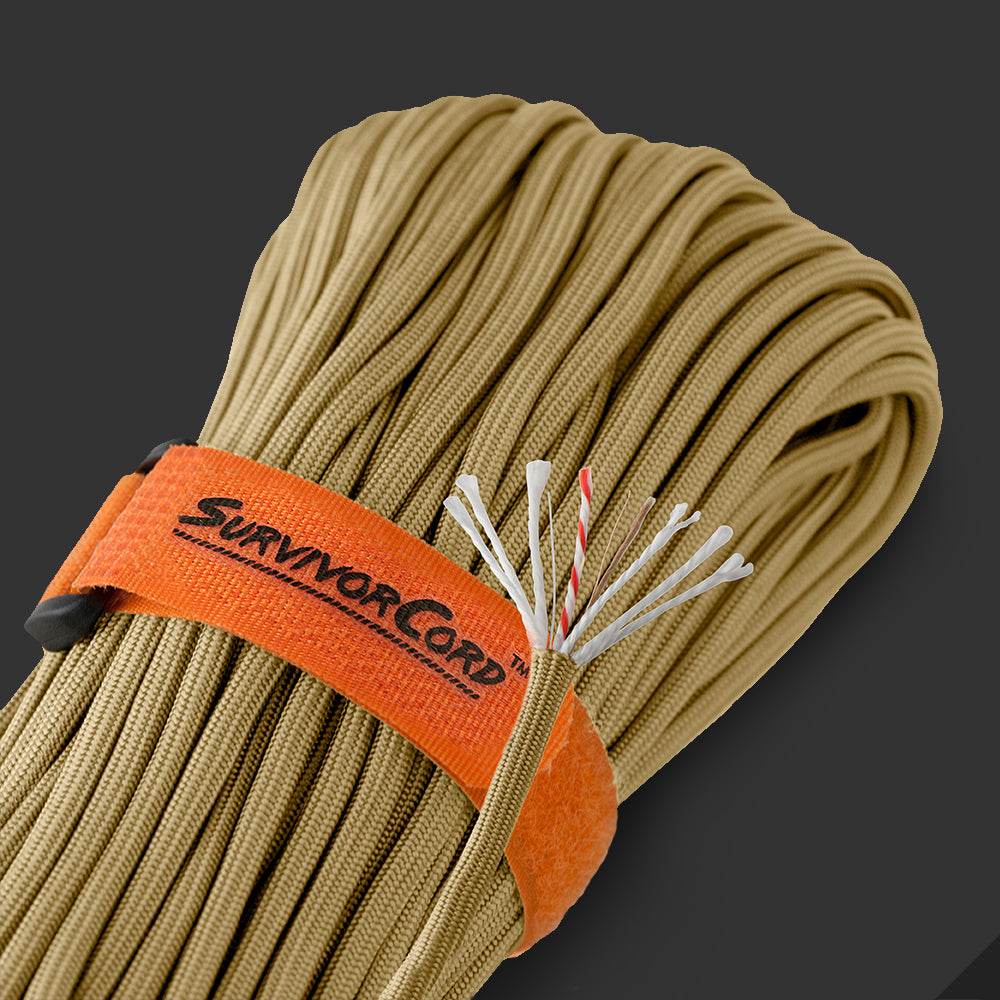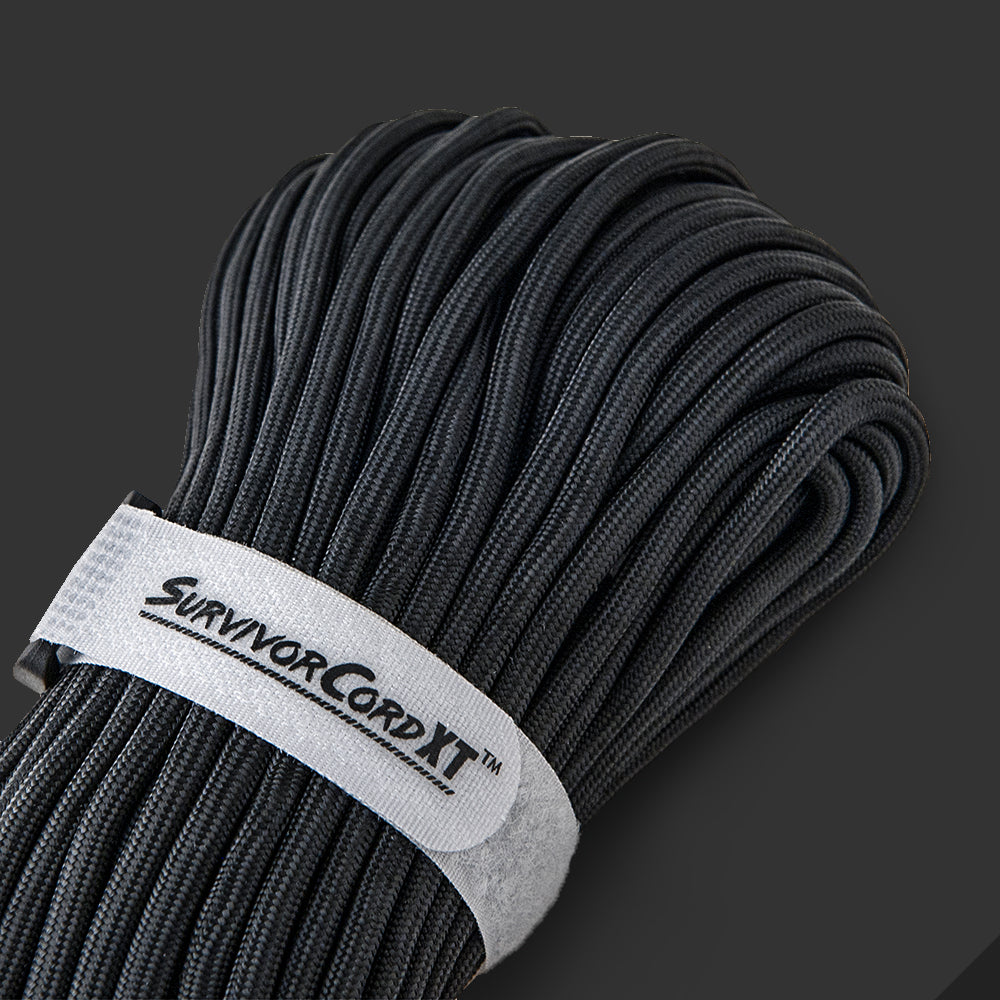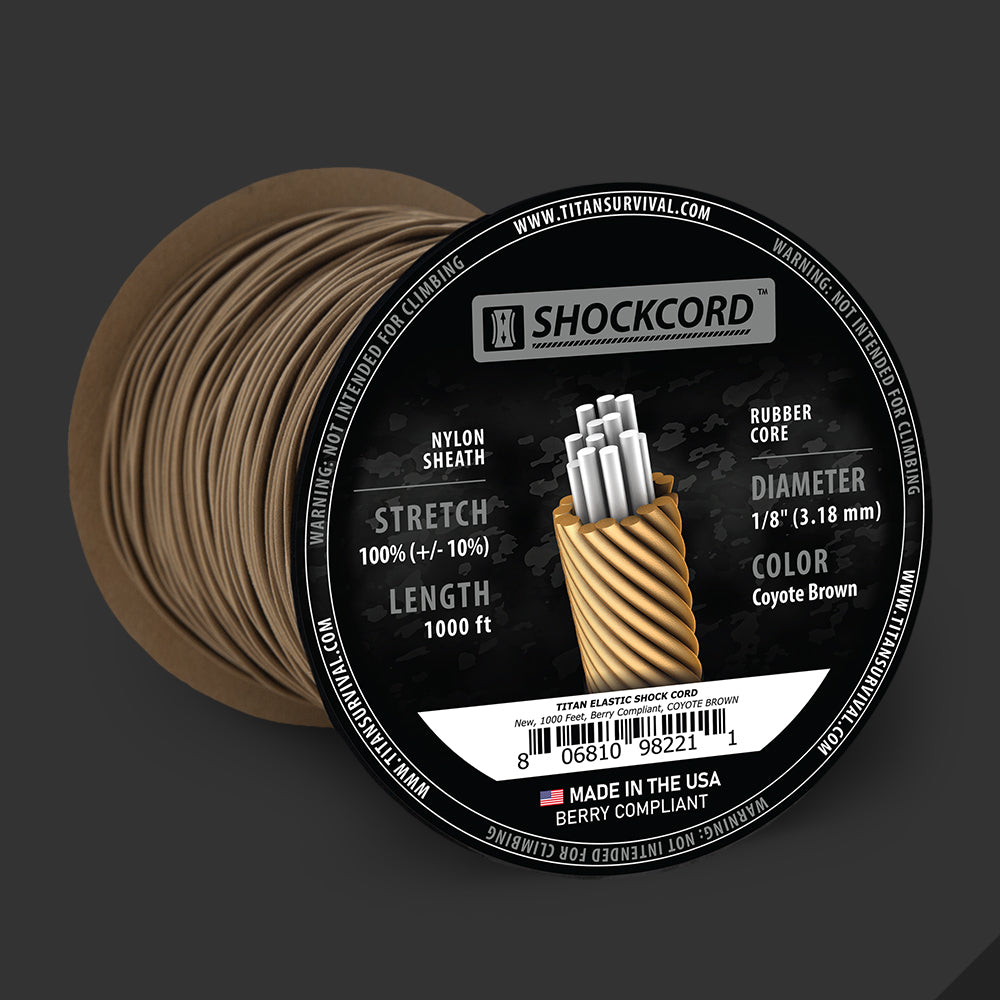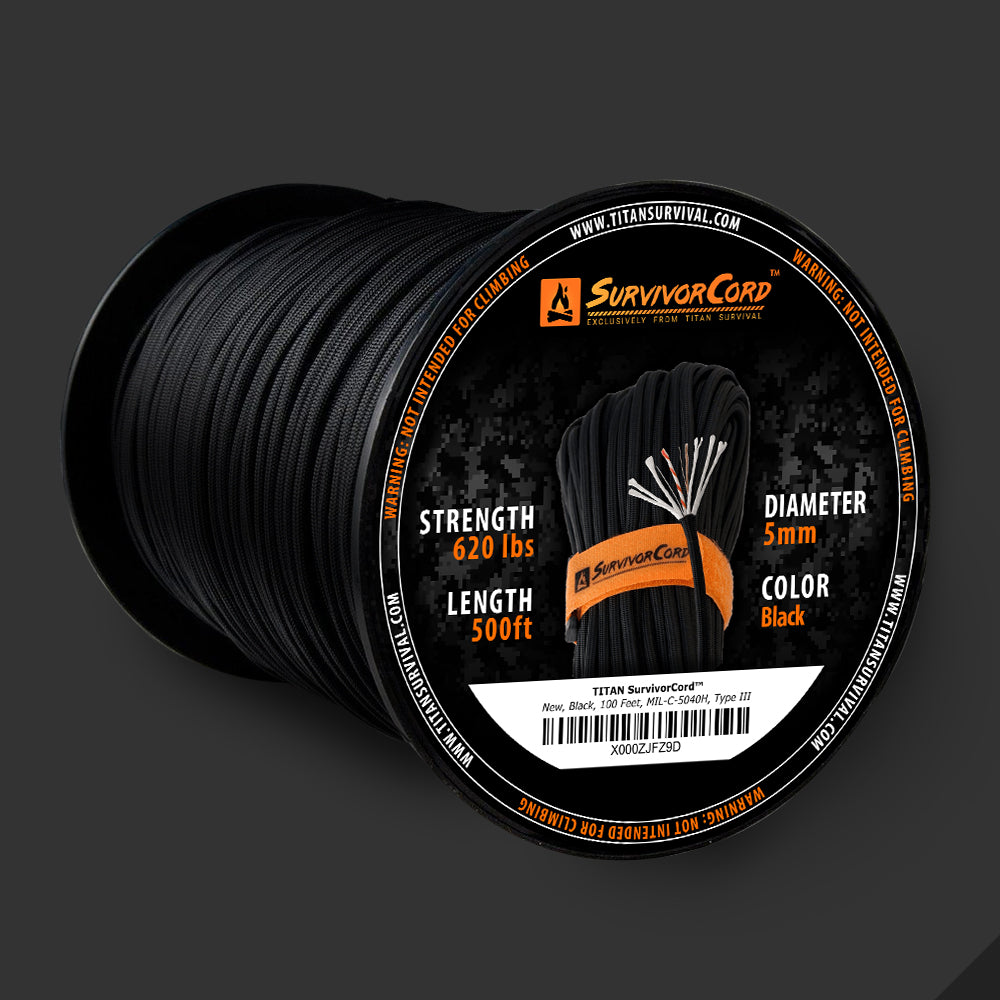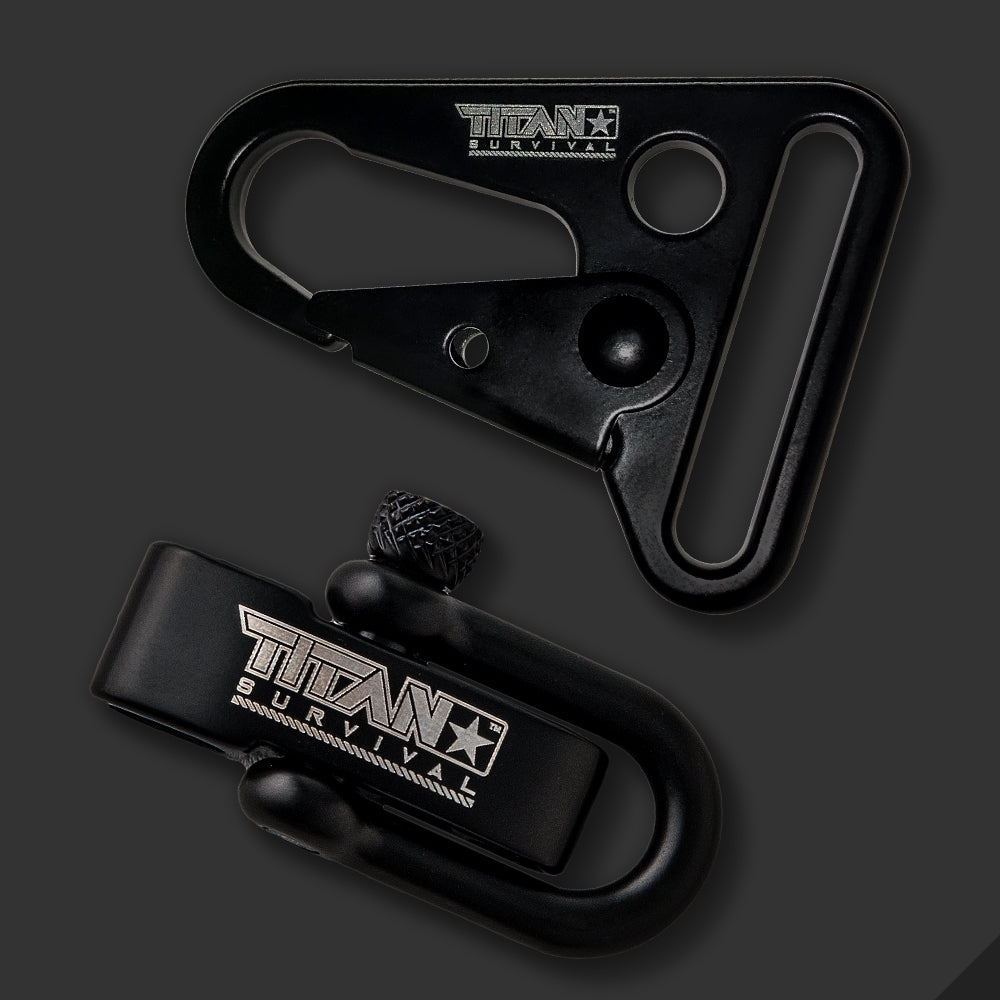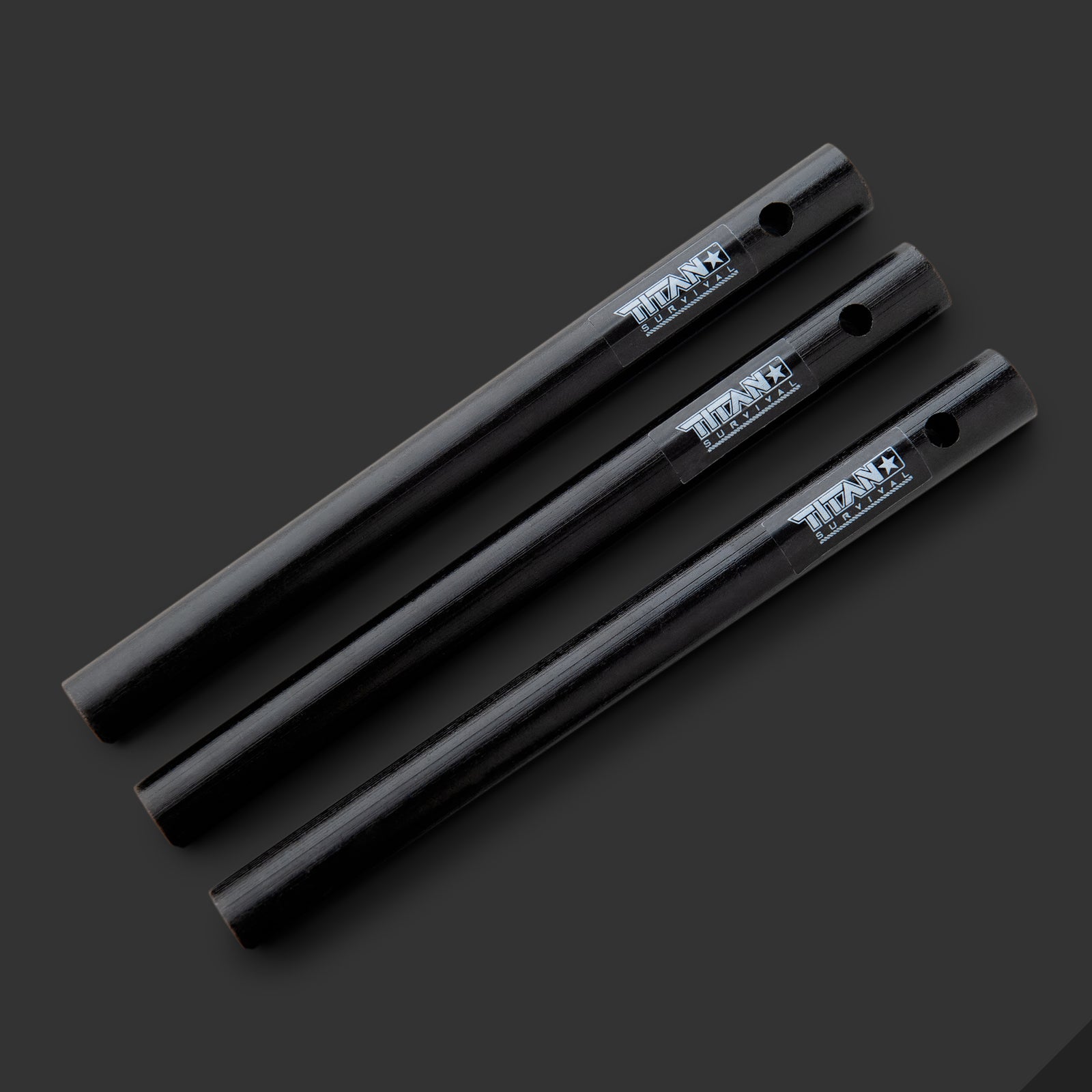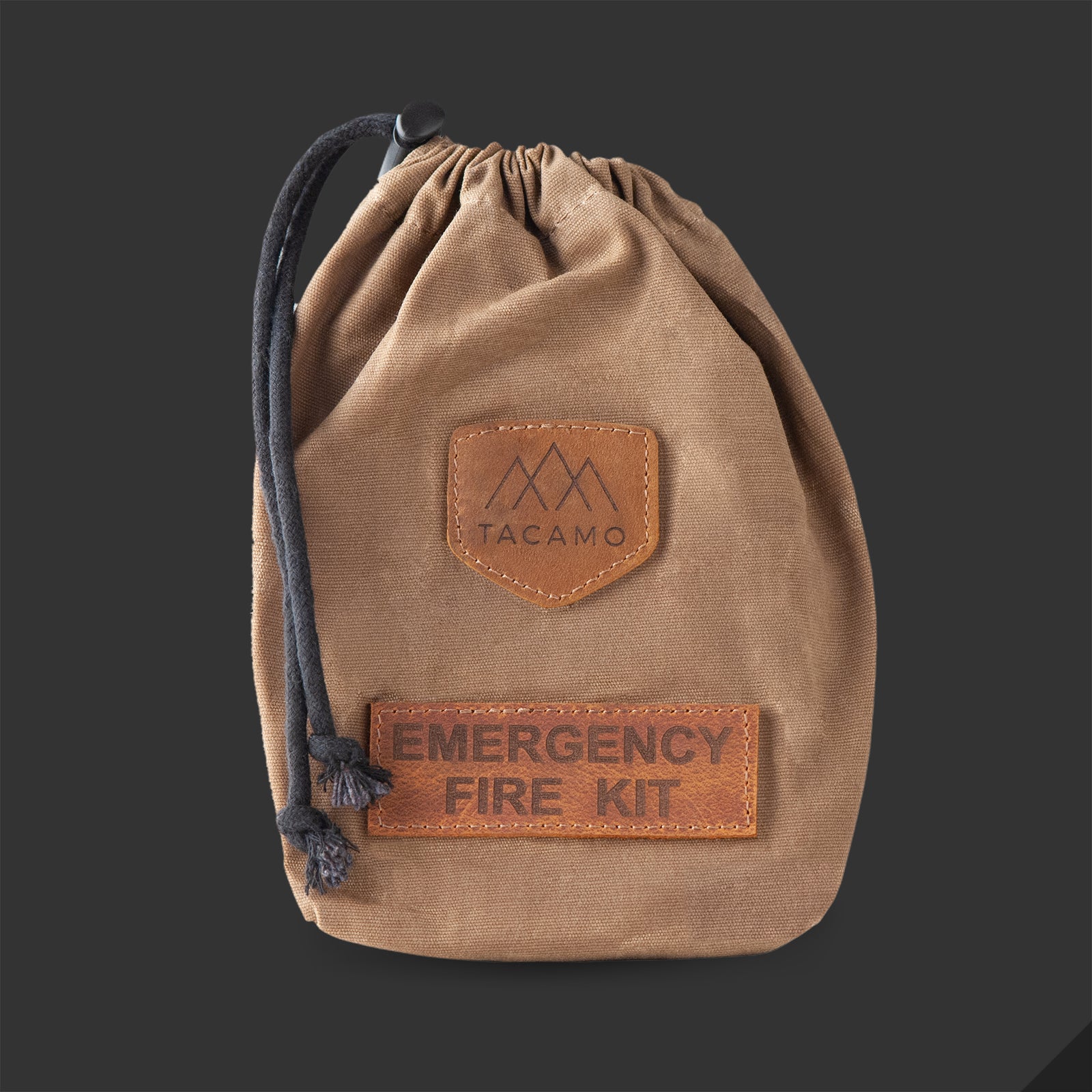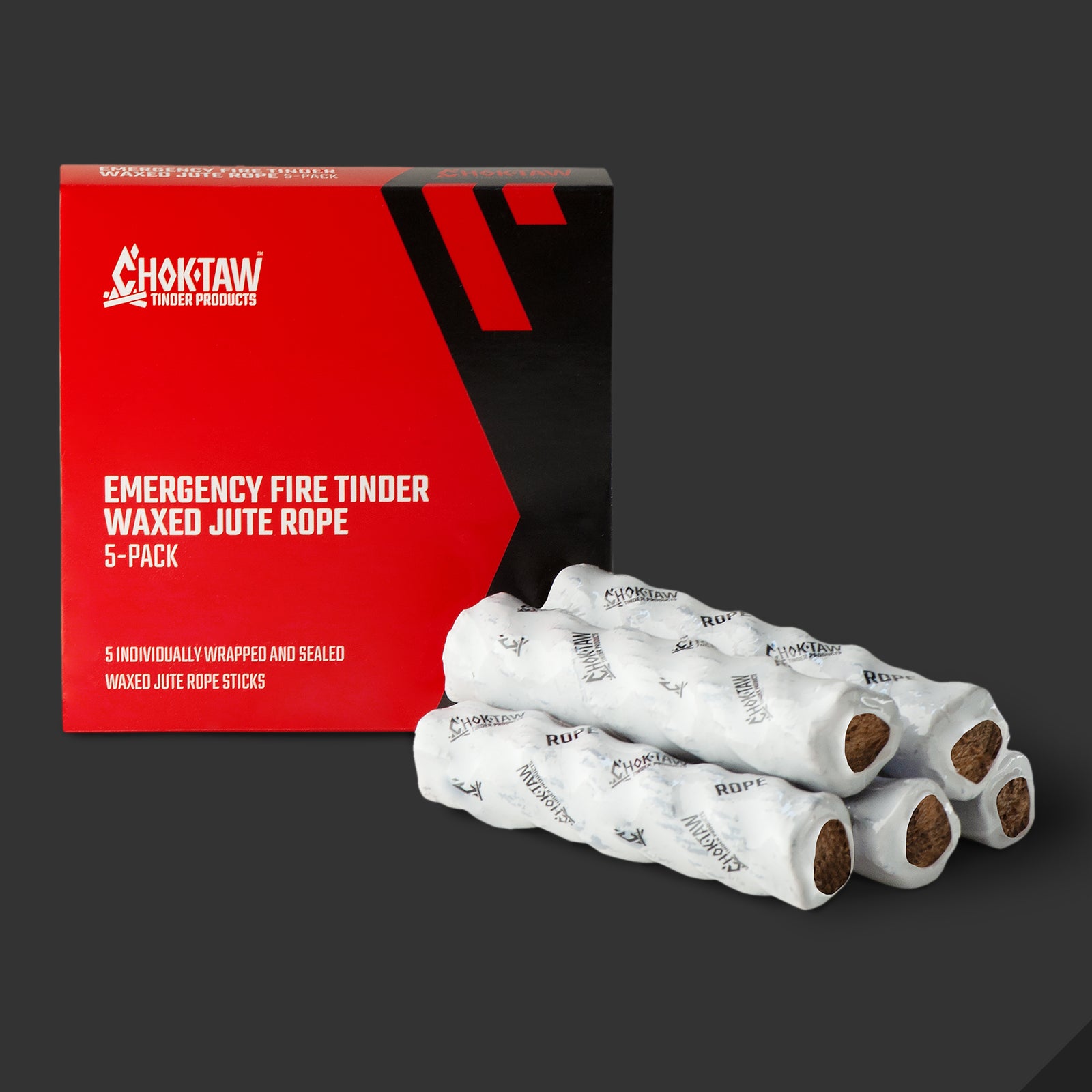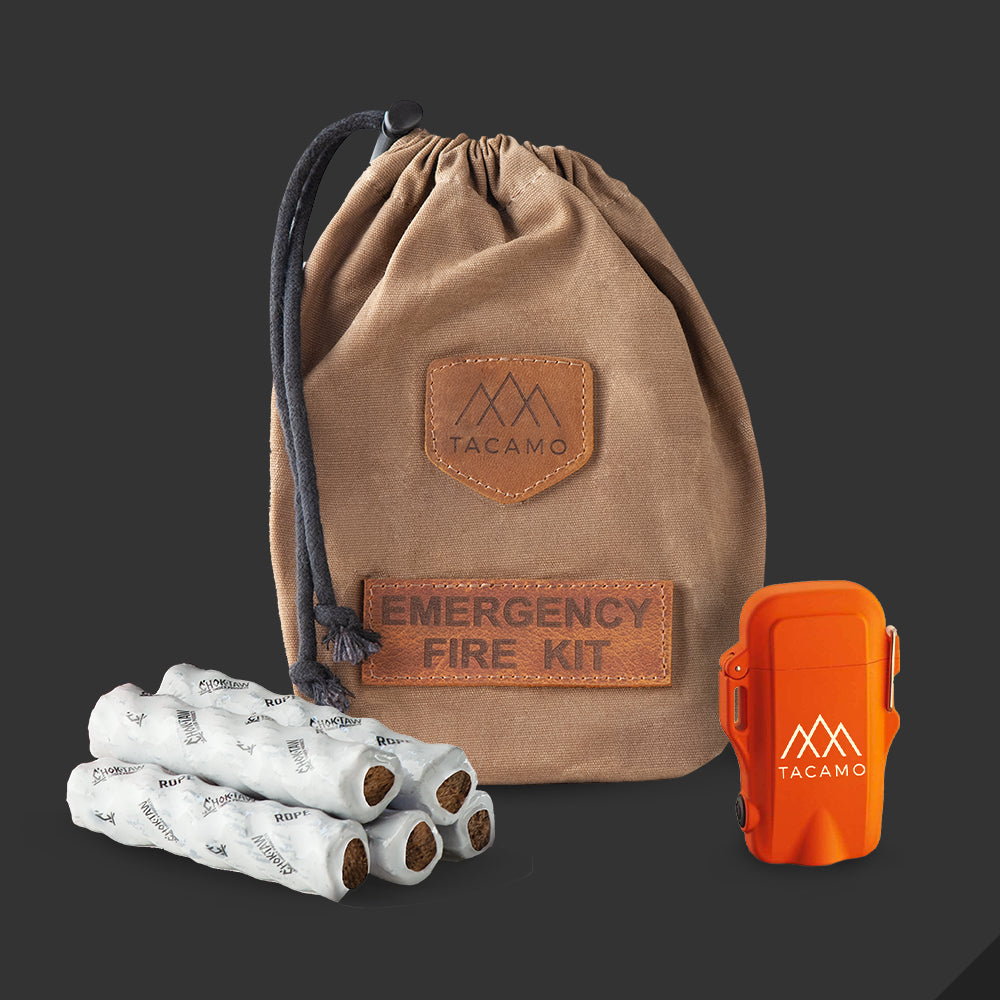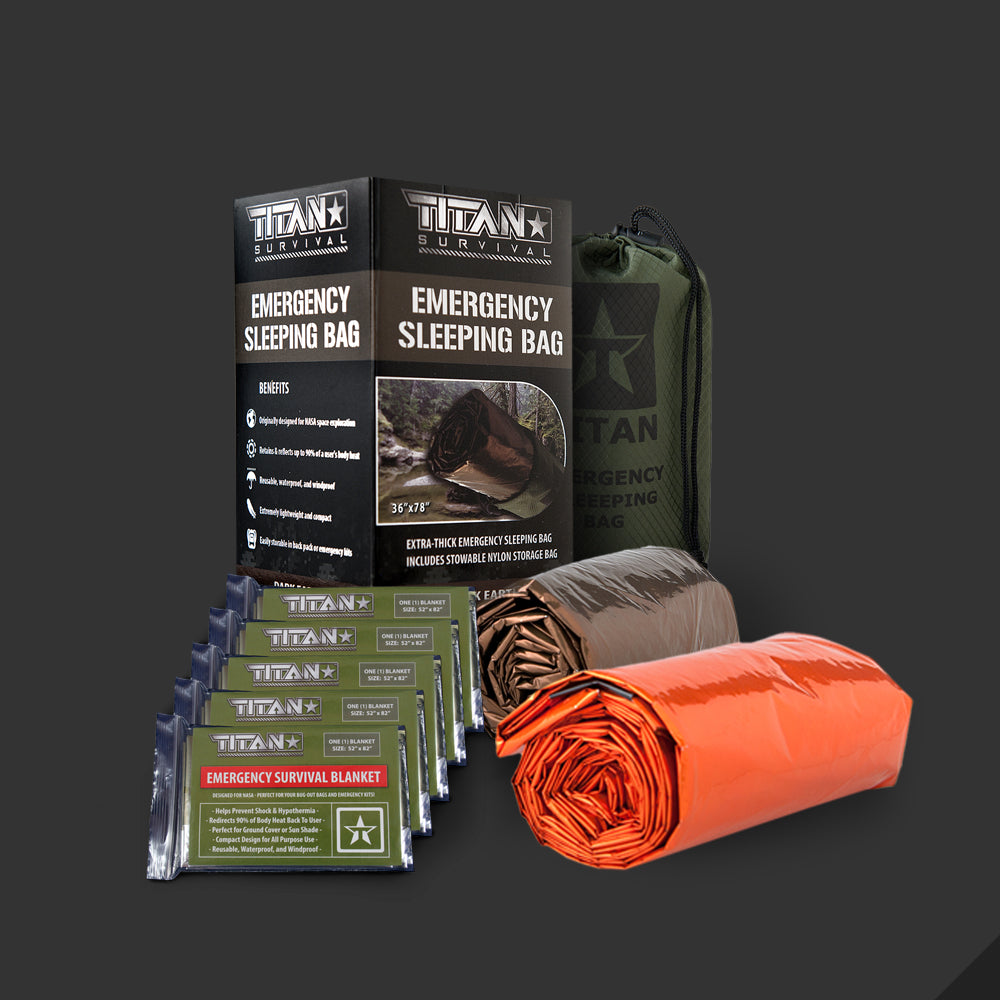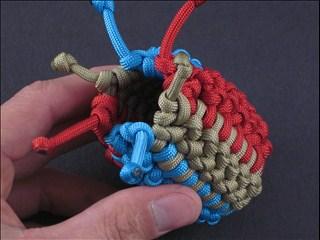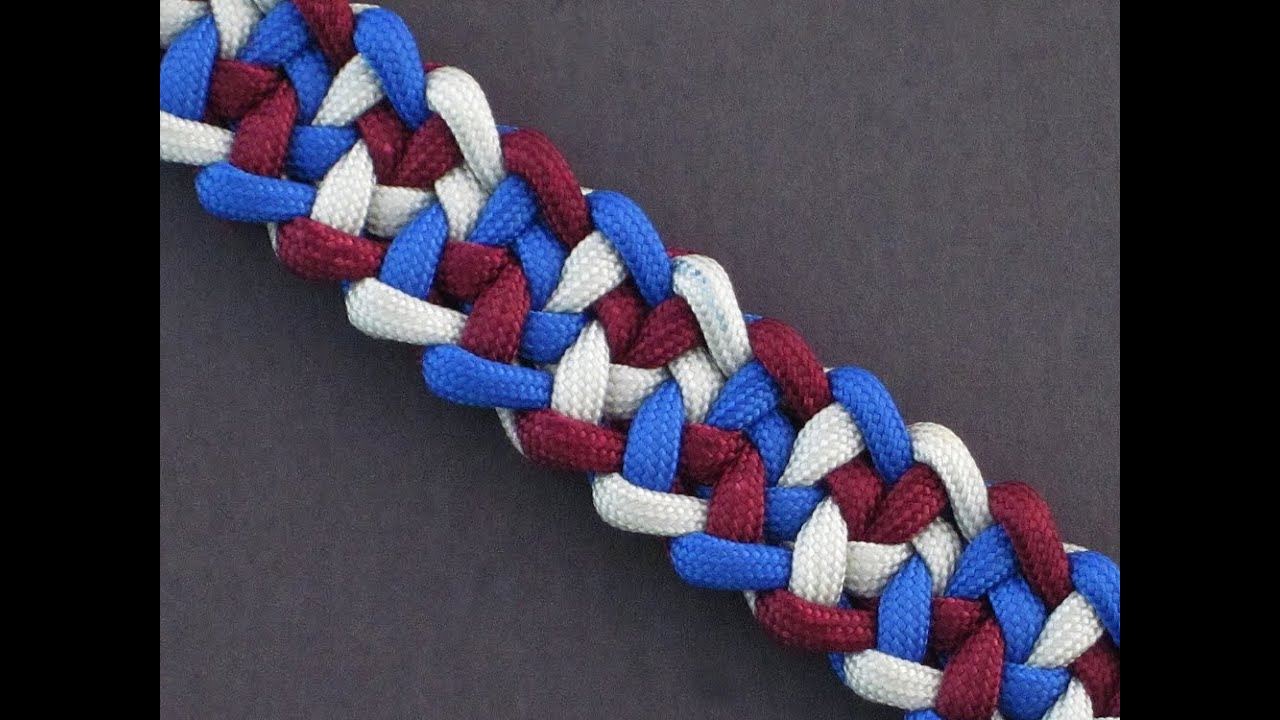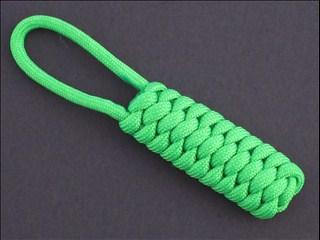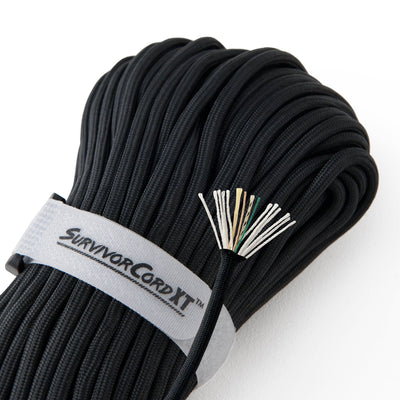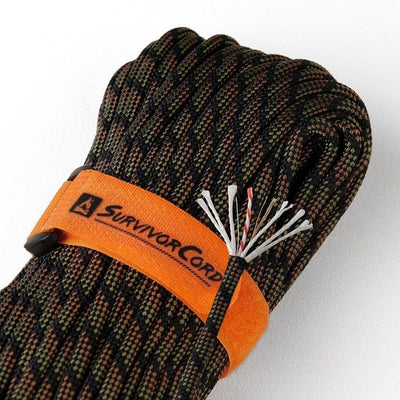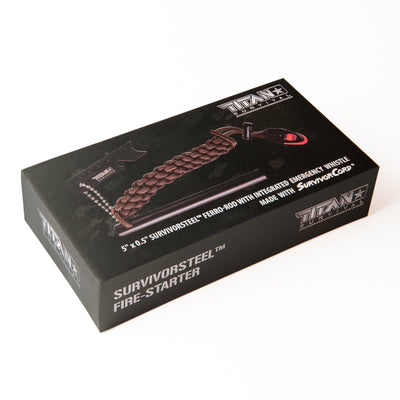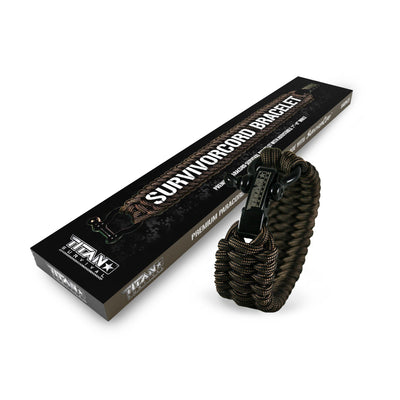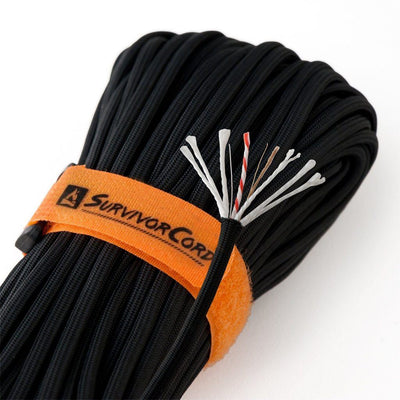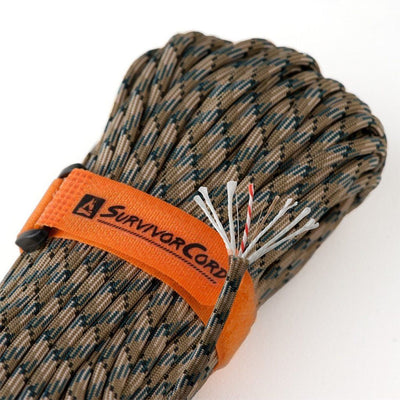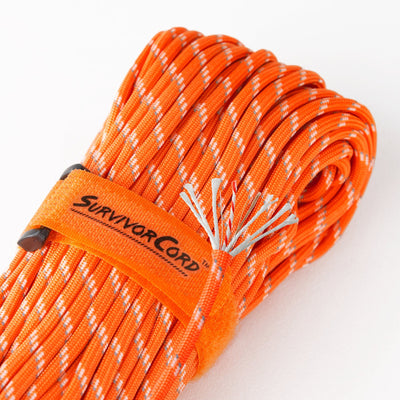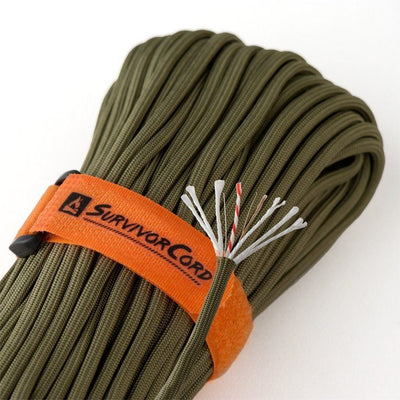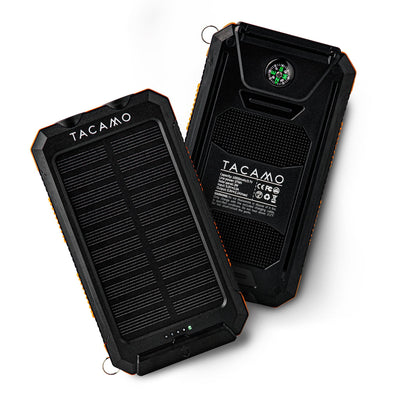Learn how to make a net using paracord in this short video by Urban Survival Topics. Making a net using paracord is quick and simple. Why buy a net when you can make one using paracord.
Making a net is another great way to use parachute cord. It can be used as a cargo net, a make shift bear bag, and even as a hammock. And in the case of an emergency you will have plenty of paracord to work with for making fishing line, creating a shelter, or even things as simple as replacing a bootlace or backpack strap. The process is quick and simple, and you will be out on an adventure with your home-made paracord net in no time.
To make a net you will need eight 8’ lengths, and two 6’ lengths of paracord. Take your two 5’ lengths of paracord and secure them to a wall horizontally, with the top cord at eye level, and the bottom cord about 4’ down from the top cord. The bottom cord may need adjusted when you make it to the bottom of your net. Now take your 8’ lengths of paracord fold them in half, and attach them to the top horizontal cord by the folded end. A simple overhand knot will work, or any knot you feel comfortable with that will not slip.
You want your cords to be tied on the ends of the horizontal cord and 6” apart from each other. You should end up with eight lengths of paracord tied onto the top horizontal cord with two strands coming from each cord. You should have seven spaces between the cords.
Once all eight lengths of cord are tied on, find the center space and take the left strand of the right cord and the right strand of the left cord, and put them together creating a “v”. Tie them evenly in place with a simple overhand knot. Proceed to either side using the same technique. Try to keep the knots in an even line with the “v” shape at the top remaining about the same size. Continue tying strands together until you have reached the cords on either end and have one strand left on the outside of each end.
There will no longer be a center space, but rather a center line. Start the second row by using the same technique as describe above, working your way to the ends. The shapes should now look like diamonds instead of triangles. Continue tying knots in rows until you are a few inches from the bottom horizontal cord. You should not have any strands left untied when you finish your second row. Continue making rows until you have about 6” of cord.
Once you reach the bottom, tie the remaining ends to the horizontal cord using simple over hand knots, or any knot that will not slip. Trim the ends of each cord as close as possible to the knot and melt the ends into it.
Remove the tacks holding the horizontal cords in place and you now have a net. Your paracord net can be used for other things like fishing, making a hammock, and even building a shelter.

